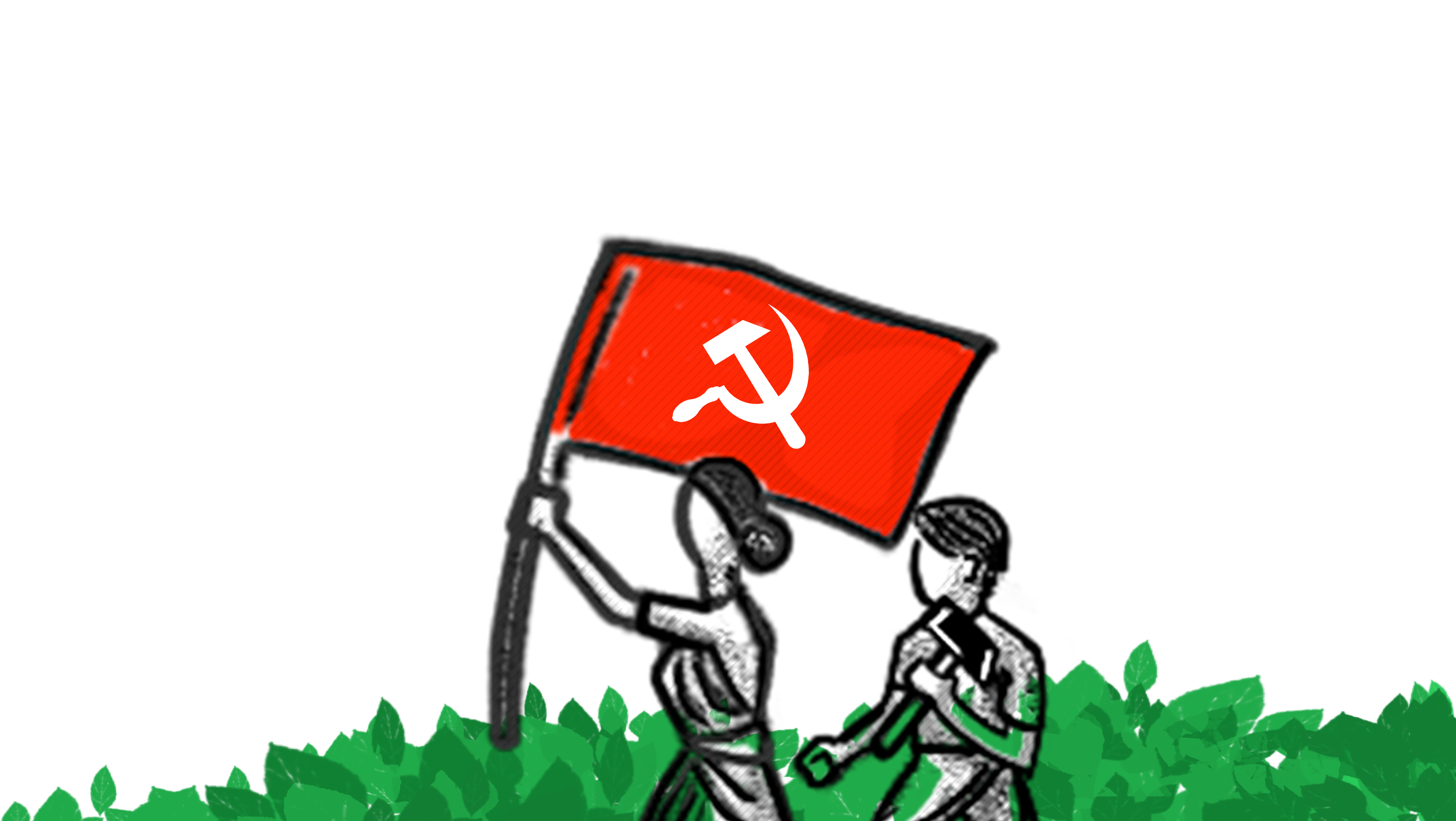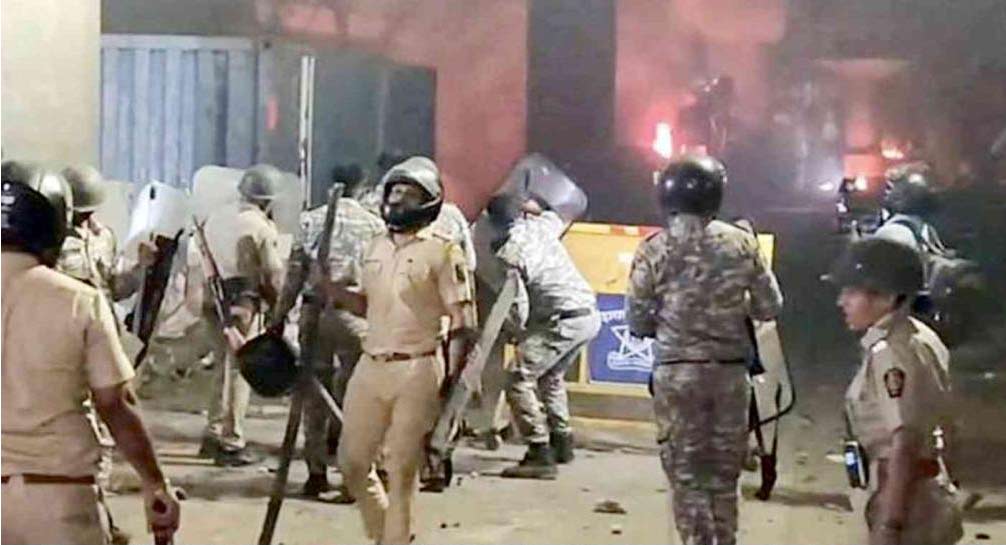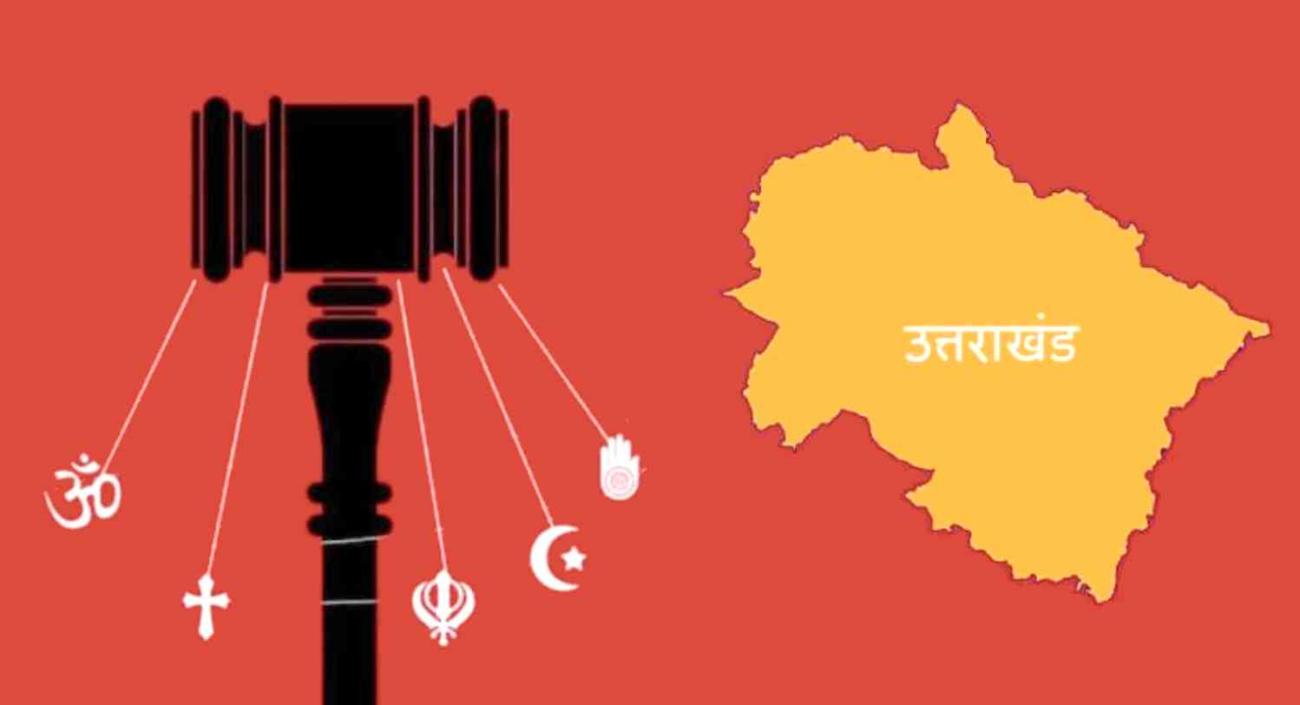The Ferguson grand jury verdict, followed by the Eric Garner verdict has been met with massive protests all across the US, including militant demonstrations of anger in Ferguson and New York. Major demonstrations were held in several cities and towns of the US, where young American men and women, both Black and White, braved brutal police crackdowns to register their horror and anger against racial profiling, violence and injustice. Most recently, a Justice for All and Million March was held in New York, where thousands and thousands of Americans hit the streets to protest against systemic racism and the all-pervasive immunity enjoyed by perpetrators of racial violence. It has been, in a sense, a spirited revival of anti-racist protests in the US, triggered off by the series of judicial verdicts protecting the perpetrators of racial violence.
Racial killings and their rationalization of course have a long history in the US. The killing of Michael Brown, Eric Garner and Tamir Rice in 2014 brought back memories of the horrific lynching of 14-year old Emmett Till in 1955. Emmett Till was kidnapped and beaten up, his eyes were gouged out and he was shot. He was then thrown into the Tallahatchie river with a cotton gin fan tied around his neck with barbed wire the images of this violence proclaiming the deep-rooted racial prejudices and hatred in American society. As in Michael Browns and Eric Garners cases, Tills murderers too were acquitted. The saga continues unabated. Clearly, the rhetoric of America having left behind its racist legacy rings hollow. The jubilation over the election of Americas first Black President has evaporated, with Obama himself defending the atrocious verdict in favour of Michaels murderer, moreover preaching peace and morality to the protestors, and justifying the repression unleashed on protesting crowds.
The many Fergusons in India
The Ferguson verdict, for us in India, is a reminder that racist violence is on the rise in India too. The lynching to death of a young African student in Punjab, the recent incident where three African men were beaten by a violent mob at a metro station in the capital city Delhi, and the earlier racist mob violence on African women in Khirki in Delhi, as well as organized racist propaganda and violence against Africans in Goa, are just some of the examples of racism against Black people in India. And racist discrimination and violence against people of the North East is reaching epidemic proportions.
Moreover, it is impossible to ignore the stark similarities between racial violence in the US and feudal casteist violence as well as communal prejudices and stereotyping in India. Just as the judicial system in the US protects police officers as well as civilians who kill Black people, we have courts in India committing judicial murder, by refusing to indict feudal violence by the Ranveer Sena. Till date, the victims of Bathe and Bathani massacres, as well as communal pogroms against Sikhs and Muslims, remain deprived of justice, even as the state colludes with the murderers to discredit unmistakable evidence and deny justice. The police in India as well as paramilitary forces and the army routinely enjoy huge immunity as far as murder and custodial torture is concerned. Massacres of adivasis in conflict areas by paramilitary forces happen routinely and go unprosecuted. This shield of protection and immunity is of course enhanced through the AFSPA in Kashmir and the north-east, and through several provisions such as UAPA. Many, many Fergusons take place in India: custodial killings like that of Ishrat Jahan, as well as massacres of adivasis in Bastar, are all justified by the claim that the victims were presumed to be a threat based on their identity.
In the US, Blacks form the majority of jail populations and the same is the case for the Dalits, adivasis and minorities in India encouraged by a state machinery and society which is quick to brand them criminal and violent. Written into the exiting SC/ST Prevention of Atrocities Act is in fact an acknowledgement that false implication of Dalits in heinous crimes, leading to imposition of the death sentence against Dalits, are rife in our society.
In the US, with boasts of liberty, equality before the law and equal opportunities for all, Blacks continue to face tremendous social, economic and political discrimination. In India too, the all-permeating discrimination faced by the Dalits continues to be an ugly reality. Decades after untouchability was officially eradicated from India, a recent survey which shows that at least one in four people in the country still practice untouchability. Undoubtedly, the rhetoric of being the worlds largest democracy sits uncomfortably with the reality that untouchability continues to be justified in the name of health, hygiene and culture all code words in this case for deep-rooted prejudice and hatred.
Ferguson has become a reminder that violence is more than the policeman shooting down an innocent Black boy. The systematic denial of justice by the same judicial process that sends a disproportionate number of Black men to jail and death row is as stark a symptom of racist violence in the US. The same can be said of communal and casteist violence in India where the actual massacres and pogroms and custodial killings are compounded by the judicial and political system that protects the perpetrators while sending a disproportionate segment of Dalits, minorities and adivasis to jails and death row!
In the US, young men and women are currently on the streets, demanding justice for Eric Garner, Michael Brown and other victims of racial prejudice. It is in this backdrop that the US President will be visiting India next month. He comes at a time when a fresh report by the US Senate reveals horrific crimes and tortures committed by the US War on Terror a campaign that was marked by Islamophobia, racial profiling and othering. In the US, the orchestrated propaganda of Islamophobia, even as it justified and furthered the insidious processes of communal profiling, communal stereotyping and communal hate mongering, in a sense played its part in rescuing racism and systematic profiling of Blacks from some of the stigma that it was associated with. Obamas visit to India next month, should surely be an occasion to remind Obama that the people of India stand not with Micheal Browns and Eric Garners murderers but with the massive anti-racist protests that are rocking the US.





